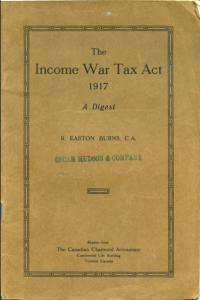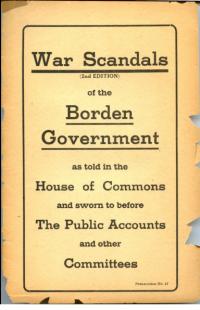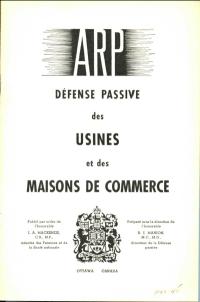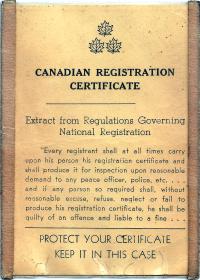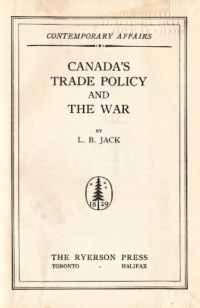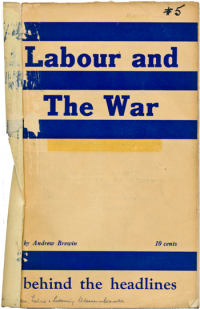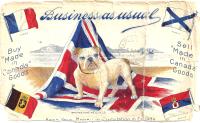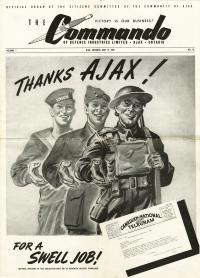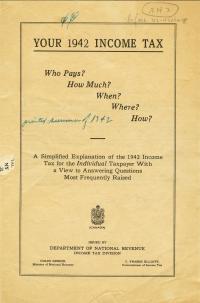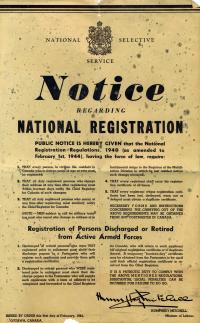Working
Income Tax, 1917
Originally presented as a temporary wartime measure, the Income War Tax Act of 1917 was viewed as a controversial measure at the time. This digest, offered by R. Easton Burns, a certified accountant, goes through the act clause-by-clause to discuss its full impact on Canadians.
War Scandals of the Borden Government
Published by the federal Liberal Party, this booklet critically reviews the behaviours and actions of the wartime Borden government. Of particular note are accusations regarding unnecessary supply shortages, production delays, and the ever-present fear of wartime profiteering.
Defending factories and businesses
Pamphlets like this one educated factory and business owners on their wartime responsibilities - both in terms of production and security. It was important that wartime production in Canada maintain an efficient pace and follow the proper security measures to prevent disaster should any industries be threatened by air raids or other domestic threats.
Identification, please !
For many Canadians, the wartime requirement to carry identification at all times was a novelty. Folders like this one were widely distributed as a reminder that they might be asked to produce a registration certificate at any time.
Canada's Trade Policy and the War
Canada's wartime economy relied heavily on foreign trade. This pamphlet outlines Canada's trade policy procedures with emphasis on the import and export of commodities.
Labour and the war
This pamphlet, published in association with the Canadian Institute of International Affairs, offers a glimpse into the problems, attitudes, and aspirations of Canadian factory workers.
Buy Canadian
This handbill, which bears a 1918 postmark from Maple Creek, Saskatchewan, reminded people of the need to buy Canadian-made products, to offset the amount of money being spent purchasing foreign-made munitions and war materials.
"Victory Is Our Business"
Defence Industries Limited opened a munitions plant in Pickering Township, Ontario, in 1941, and the town of Ajax grew up around it. The plant employed some 9000 workers at its peak and filled forty million shells of various sizes over the course of the Second World War.
Guides for individual taxpayers
These simple guides were intended to answer the standard questions posed by taxpayers: "Who Pays? How Much? When? Where? How?".
Mobilizing human resources
The requirement to register with the federal government became law in 1940, and by 1944 had been expanded to apply to every Canadian over the age of sixteen.

